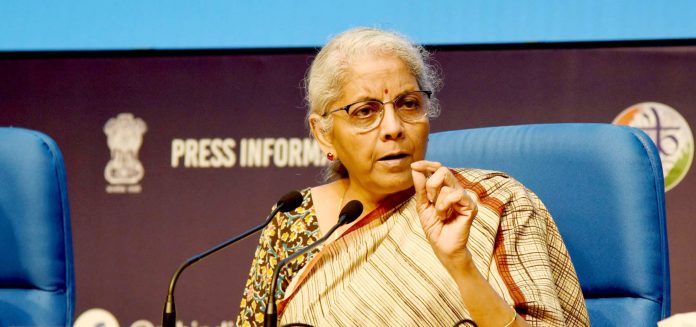The focus on rural and urban job creation, if effective, may provide some boost to affordable housing, but tax reliefs aren’t enough.
By ANUJ PURI
Chairman – ANAROCK Group

Covering a wide spectrum of Indian sectors, the first Union Budget of Modi 3.0 focuses on MSMEs, employment, skilling, youth, and the middle class. It will generate a mixed bag of reactions from different sectors.
From the real estate point of view, the first thing that stands out is the government’s continued focus on infrastructure with an allocation of over INR 11.11 lakh crore – nearly 3.4% of India’s GDP. Improved infrastructure drives real estate growth.
The focus on rural and urban job creation, if effective, may provide some boost to affordable housing, which has given a tepid performance since the pandemic. The move can help stir up housing demand in not just the top 7 cities but also the tier 2 and 3 cities.
With an eye on the housing needs of the urban poor and the middle class, the government has announced that it intends to construct an additional one crore homes under PMAY Urban 2.0 with an outlay of INR 10 lakh crore.
Mega allocation for the Hyderabad-Bengaluru industrial corridor and Vizag-Chennai corridor will boost growth along these corridors and consequently boost real estate growth there.
The FM also tried to rejuvenate the MSME sector, which does have a multiplier effect on overall economic growth – with the implied positives for real estate as a collateral beneficiary of such growth.
The credit guarantee scheme for the MSMEs will help provide impetus to overall industrial development, and this can have a rub-off effect on the real estate sector. The pandemic had a catastrophic impact on the MSME sector, which slowed down the demand for affordable housing since 2020. Affordable housing demand may gain momentum once the economic impact of the pandemic subsides for this target audience.
This is certainly pertinent – the affordable homes category (<INR 40 lakh) has been seeing a decline in overall sales since the pandemic, to approx. 19% in H1 2024 from over 38% in the period before the pandemic in 2019. Consequently, this segment’s percentage share of the total housing supply in the top 7 cities also fell to 18% in H1 2024 from nearly 40% in 2019. Any boost to this vital segment is therefore welcome.
For individual taxpayers taxpayers under the new tax regime, the increased standard deduction limit to INR 75,000 from the previous INR 50,000 along with the new income tax slabs implies savings – but hardly enough to boost housing demand.
Other highlights pertinent to real estate:
- 12 Industrial Parks to be sanctioned.
- Rental housing with dormitory-type accommodation for industrial workers will be facilitated under the PPP-mode.
- Brownfield redevelopment of cities under the PPP mode lays open opportunity for real estate development
- Tourism boost to states of Odisha and Bihar




